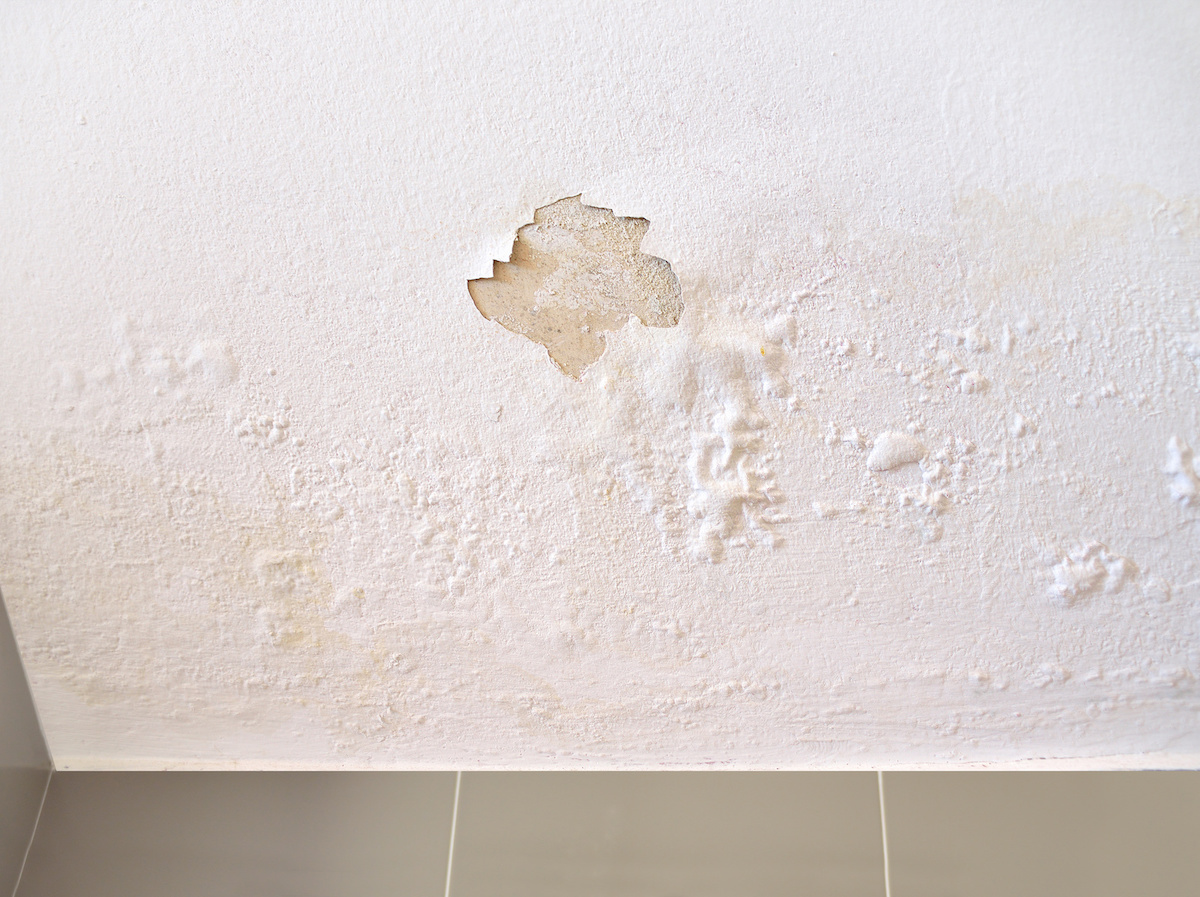How do you actually feel with regards to Common Causes of Water Damage in a Bathroom?

The washroom is exceptionally at risk for wet buildup and also prospective water damages because of the frequent use of water in it. This write-up supplies simple inspection techniques to help identifying water damages threats.
The constant use water in the shower room makes it incredibly vulnerable for wet build-up as well as prospective water damage. By inspecting it on a regular basis, you can minimize water related problems.
The complying with set of examinations is simple to carry out and also must be done when in every three months in order to keep your washroom in good shape and also to avoid possible water damages caused by the tub, the shower, pipe joints as well as plumbing, sinks, cabinets, and also the bathroom
Do not disregard carrying out these assessments as well as be thorough while executing them. Bear in mind that these simple assessments can save you a great deal of cash by providing very early indicators for water damages
Sinks as well as Cabinets
Sinks and cupboards are revealed to wetness as well as moisture everyday and are usually ignored. Inspect consistently under the sink as well as on the countertop over it. Fix any kind of drip in the trap as it might suggest drainpipe issues. Look around the sink, slow-moving draining pipes might indicate an obstructed drainpipe. Replace sink seals if they are fractured or loose.
Bath tub and Shower
The shower and also bathtub call for special focus and upkeep. Check the ceramic tiles and change if broken. See to it that there is no missing cement in between the ceramic tiles. Evaluate and change fractured caulking at joints where the walls fulfill the flooring or the bathtub. Obstructed drains pipes and also pipes troubles will certainly avoid the bath tub from drying as well as might show major issues beneath the tub. Seek advice from a professional instantly to avoid architectural damage. Focus on stainings or soft areas around the tub wall surfaces as they might indicate an interior leakage.
Plumbing
Signs for water damage are hard to find because a lot of pipelines are installed inside the walls.
Pay unique focus to floor covering and walls wetness and also stains as they may indicate an unseen plumbing trouble. Examine wetness degrees in adjoining rooms also.
The Commode
The commode is a susceptible water junction. Inspect the water lines as well as search for leakages around the commode seat, in the tube, and also under the water tank. If you discover any type of indicators of dampness on the flooring around the commode, look for leaks in the toilet rim and container seals.
Realize that hanging toilet bowl deodorants enhances the chances for blockages.
10 TIPS TO PREVENT WATER DAMAGE IN THE BATHROOM
The average household uses approximately 80-100 gallons of water per person per day. For a family of 4, that's almost 2,500 gallons of water a week! The largest portion of this consumption comes from bathroom use. Flushing the toilet uses the most water, followed by taking a shower or bath. With that much water running through the home, water damage in the bathroom is bound to happen. Knowing how to spot signs of a water leak is essential to preventing long-term damage. This guide provides you with tips to reduce the impact of water damage on your bathroom.
CAUSES OF BATHROOM WATER DAMAGE
Pipe breaks are the most common cause of water damage we see in our daily jobs. The age of a pipe plays a large role in a pipe break as well as corrosion. Over time, the metal begins to break down, allowing water to escape. Frozen pipe breaks are also a concern in the winter months. Toilet overflows caused by paper products or children flushing inappropriate items. Degraded caulking around the toilet or bathtub can allow water seepage, sometimes behind the fixture, into the subfloor or walls. Condensation forms when the water in a pipe is cooler than the air temperature. Beads of water form on the exterior of the pipes, sometimes so much so that the water begins to drip and pool below. Sink or shower backups created by poor drainage. HOW TO PREVENT WATER DAMAGE IN YOUR BATHROOM
Inspect your toilet supply line for worn or frayed hoses and replace them as needed. Winterize your plumbing to prevent a frozen pipe break. Use vent fans to prevent condensation that can lead to mold growth. Routinely check and replace degraded caulking around your toilet or bathtub. Increase the temperature in your toilet tank and insulate your pipes during the warm summer months to keep condensation from forming. Use child safety locks on the toilets. Flush only toilet paper. "Flushable" wet wipes are actually not good for your plumbing system. Additionally, feminine hygiene products should not be flushed. Prevent water from escaping the tub or shower. Make sure shower curtains are in good condition. Inspect shower doors and replace the seal strip if necessary. Wipe up any water that accumulates on the floor and use bath mats. Water left to sit can cause damage to the tiles and flooring. Refrain from using bath products containing heavy oils to avoid a clogged drain.

I recently found that content on Preventing Water Damage in the Bathroom when doing a lookup on the search engines. Do you know about somebody who is intrigued by the subject? Take a moment to promote it. We treasure reading our article about Looking for Signs of Water Damage in the Bathroom.
View